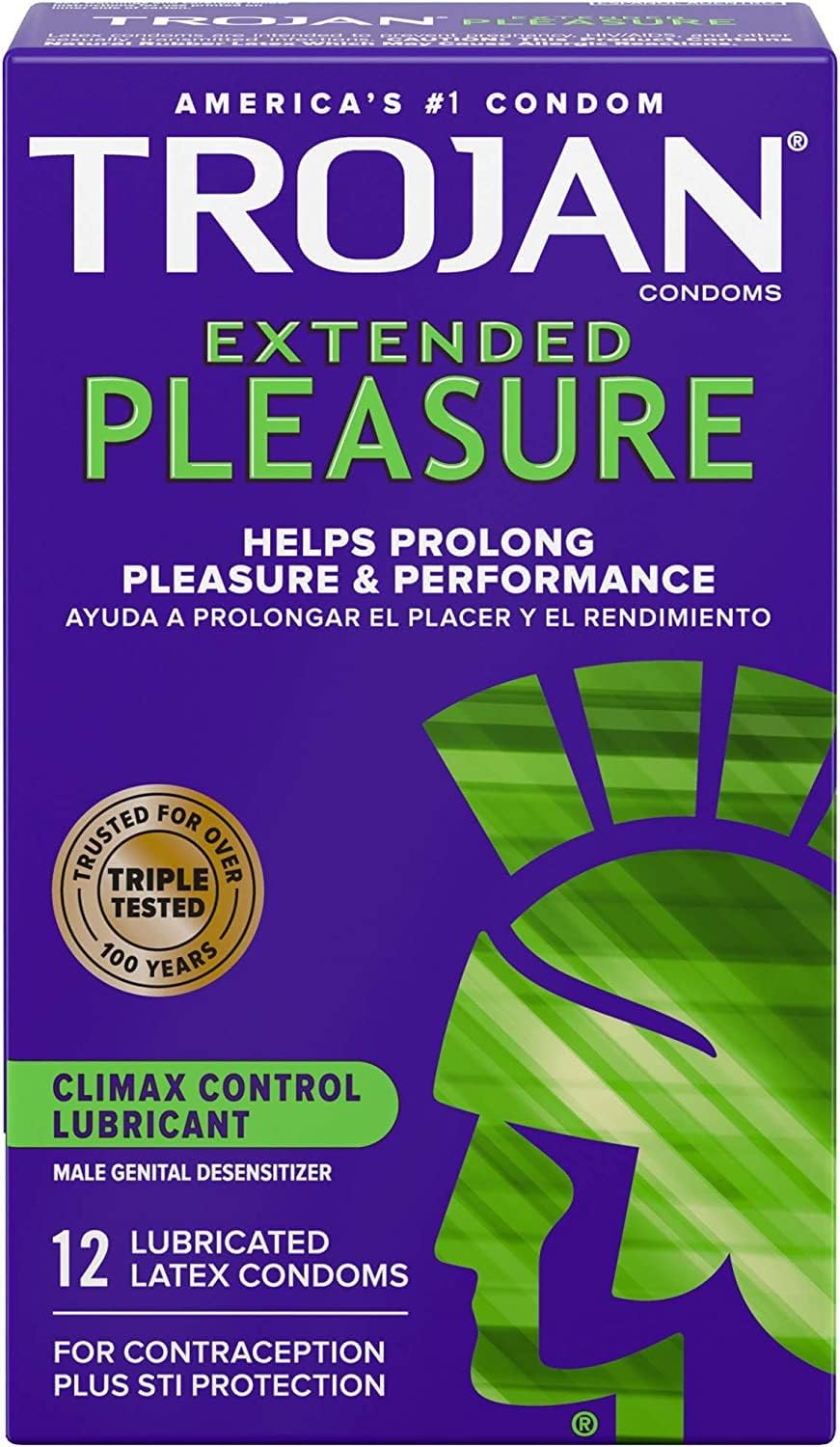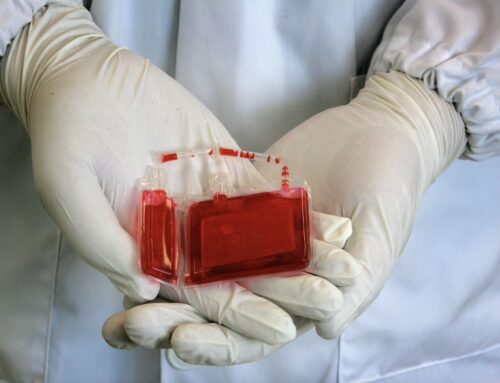How to Use a Condom
Using a condom correctly can help prevent pregnancy and reduce the risk of sexually transmitted infections (STIs). Here’s how to use a condom effectively:
- Check the expiration date: Before opening the condom wrapper, check the expiration date to ensure the condom is still effective.
- Open the package carefully: Use your fingers to carefully tear open the wrapper. Do not use your teeth or scissors, as you may accidentally damage the condom.
- Check the condom: Check the condom for any signs of damage, such as tears, holes, or brittleness. If the condom is damaged, do not use it.
- Pinch the tip: Before placing the condom on the penis, pinch the tip of the condom to leave a small space for semen to collect. This helps prevent the condom from breaking.
- Roll the condom on: With the tip pinched, place the condom on the tip of the erect penis. Unroll the condom all the way down the shaft of the penis, smoothing out any air bubbles.
- Use throughout intercourse: Use the condom throughout intercourse, making sure it stays in place and does not slip off.
- Withdraw carefully: After ejaculation, hold the base of the condom while withdrawing the penis to prevent the condom from slipping off.
- Dispose of the condom properly: Tie a knot in the open end of the condom and wrap it in tissue or toilet paper before throwing it in the trash. Do not flush condoms down the toilet.
It’s important to use a new condom for each act of intercourse and to use condoms in combination with other forms of contraception to reduce the risk of pregnancy and STIs.
How should I not use a condom?
To ensure condoms are effective, it’s important to use them correctly. Here are some common mistakes to avoid when using condoms:
- Using an expired condom: Always check the expiration date before using a condom. Expired condoms are more likely to break.
- Not checking the condom before use: Before opening the condom wrapper, check for any signs of damage, such as tears, holes, or brittleness. Do not use a condom that appears damaged.
- Opening the wrapper with your teeth or scissors: Use your fingers to carefully tear open the condom wrapper. Using your teeth or scissors can damage the condom.
- Not leaving space at the tip: Before placing the condom on the penis, pinch the tip of the condom to leave a small space for semen to collect. This helps prevent the condom from breaking.
- Putting the condom on inside out: Condoms are designed to be rolled on in one direction. If you accidentally put the condom on inside out, discard it and use a new one.
- Not fully unrolling the condom: After placing the condom on the tip of the erect penis, unroll it all the way down the shaft. Not fully unrolling the condom can increase the risk of it slipping off during intercourse.
- Using oil-based lubricants: Oil-based lubricants, such as petroleum jelly, lotion, or cooking oil, can weaken latex condoms and increase the risk of breakage. Use water-based or silicone-based lubricants instead.
- Reusing a condom: Condoms are designed for one-time use only. Using a condom more than once increases the risk of breakage and STI transmission.
- Not holding the base when withdrawing: After ejaculation, hold the base of the condom while withdrawing the penis to prevent the condom from slipping off.
- Not using condoms consistently: Condoms should be used for every act of intercourse to reduce the risk of pregnancy and STIs. If you think you have contracted an STI, be sure to consult your healthcare provider.
By avoiding these common mistakes, you can help ensure that condoms are effective in protecting against pregnancy and STIs.




